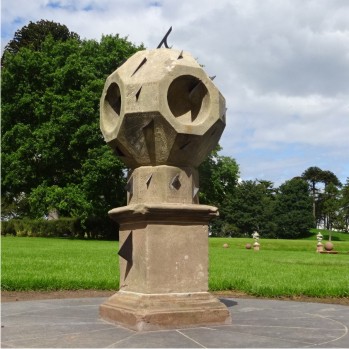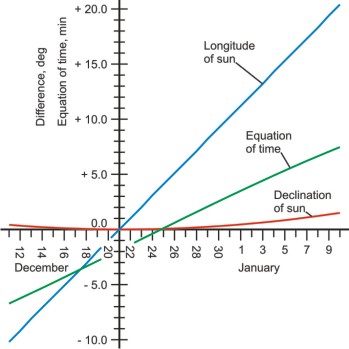
This is our new sundial design. It stands in our garden among the plants. It is early morning and the sun has just reached the centre band where you read the time.
An armillary sundial has a wonderful form. It has mathematical rings creating beautiful shapes with circles and lines. The sundial in the photo has just begun to catch the early morning sun in the garden.
The sundial gnomon is the slanting rod in the centre of the rings, and the wide sweeping band is where you can read the time. These features are the same as other armillaries, but our design has special secrets. Continue reading

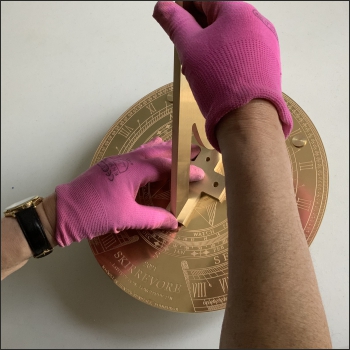
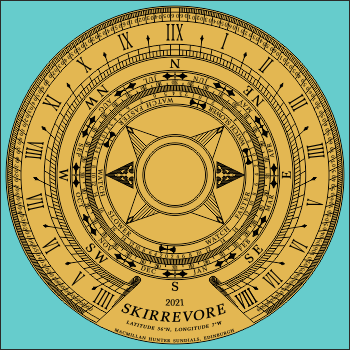
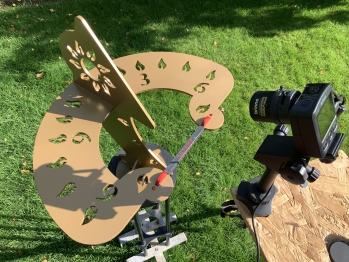

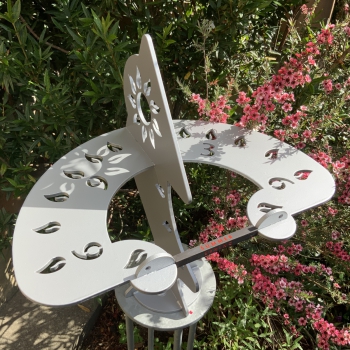
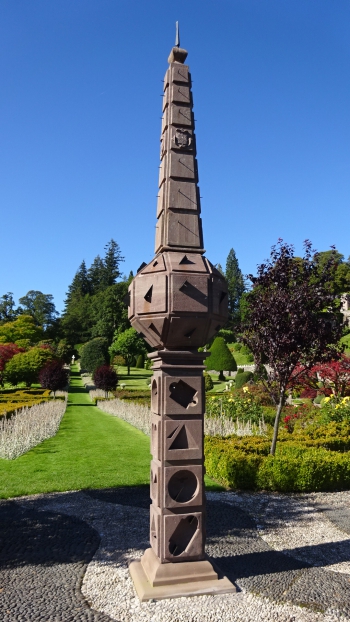
 It is lovely when a new sundial and a new design of garden full of flowers go hand in hand. Very often a sundial finds itself a little out of place standing on its own, but look what happens when it fits into a whole design and planting scheme of a colourful garden.
It is lovely when a new sundial and a new design of garden full of flowers go hand in hand. Very often a sundial finds itself a little out of place standing on its own, but look what happens when it fits into a whole design and planting scheme of a colourful garden. 